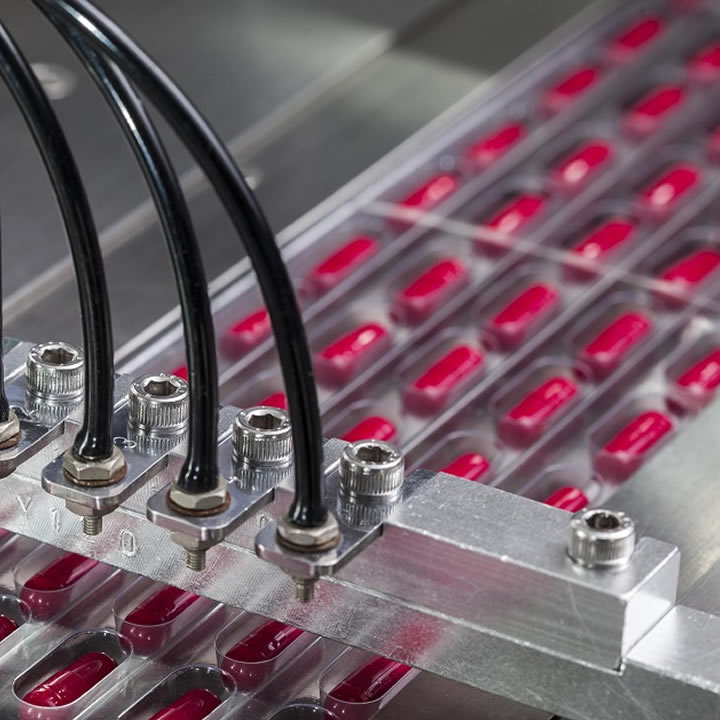Although 3D printing technology has some groundbreaking advantages in the field of pharmaceuticals, it also carries with it a few disadvantages. Below lies some major drawbacks that we should know about 3D printing.
#1 Product liability risk
It is true that 3D printing enables a pharma manufacturing company to authorize their blueprints to pharmacies and healthcare providers; which helps to print drugs locally.
However, it is not possible on the part of the pharma manufacturing company to oversee the efficiency of every 3D printing operation with the much-required precision. Further, their need to consider all the possible product liabilities also falls under risk.
It so happens that pharmaceutical companies, while providing their product blueprint, may be partially responsible for any undesirable occurrences or product defect claims. Other parties involved like the printer manufacturer, material supplier, software designer, product manufacturer, etc; may also be liable for this fallout.
Pharmaceutical companies, that are planning to venture into 3D printing, develop a policy for certifying their blueprints. In this way, they will ensure that they are financially and legally protected.
#2 Cyber risk
One of the biggest problems faced by pharma tablet manufacturers in India, with 3D printing, is the increased cases of producing fake medicines. Various 3D printers are now being used by hackers to produce counterfeit medicines faster than the traditional manufacturing method.
For example, a hacker who has access to a medicine’s blueprint can mass-produce the drug overseas. This obviously harms the intellectual property of the patent-owing pharmaceutical company.
Moreover, if the drug is improperly produced, it can cause serious harm or even go fatal for the patients. If this wasn’t enough, hackers can also make modifications to the medicine’s ingredients or doses; which may lead to severe health complications.
#3 Safety and efficiency of 3D printers
The traditional mass production of medicines is subject to absolutely strict supervision from an authorized agency like the FDA. This guarantees that the products are manufactured with due diligence.
But in the case of 3D printing, authorized agencies like FDA, cannot regulate each and every printing operation.
Hence the quality of the product becomes doubtful and questionable. Moreover, with this technology, there still remains the possibility of defective 3D printers and unnecessary printing failures.
#4 3D Printing is Not an Eco-Friendly option
The technology of 3D printing is very much heavy on the usage of both plastic and energy. Hence if a medical device manufacturer plans to cut down on overall energy consumption or emissions, 3D printing can help only to a certain extent.
As 3D printing uses only the materials that end up in the final product and not any material waste is involved, this technology is to a certain extent less wasteful than traditional manufacturing, and the plastic involved can often be recycled.
But having said that, the plastic and high amount of energy consumption involved, do not pose as environment-friendly options.
Hence the medical device manufacturers, opting for 3D printing, end up with high environmental costs and compromise their corporate social responsibilities.
#5 Limited options for 3d printing materials
The variety of the right set of authentic and currently usable printing materials involved in 3D printing is quite restricted, although newer materials get announced quite often.
It so happens that some of these required materials may be availed in just a few months or a bit longer period; but some materials, such as the fabrics, might be difficult to get in time or even impossible to get printed at all.
In such cases, manufacturers need to rely on traditional manufacturing methods, either partially or completely.
#6 Compromised quality of 3d-printed items
Yes, 3D printers do not always produce perfect results all the time and are subject to imperfections.
3D-printed objects can be found different from each other in terms of dimensions, and some level of design noise like bumps or irregularities when a surface actually needs to be smooth.
Composite devices or devices that require special, non-printable materials or components, may be difficult or impossible to 3D print without a certain amount of imperfections.
In such cases, the noise and irregularities need to be even out separately before the parts are allowed to be used by patients.
In case a design error caused via a 3D printer, gets embossed on a larger number of devices, manufacturers are left with no other option, but to shell out a significant amount of extra labor and costs to mend those errors.
As per some operations management experts, this drawback is significant enough to not make 3D printing a popular option anytime soon.
However, it should be noted here that this problem is not that persistent. The new 3D printing technology is likely to improvize the standards of 3D-printed devices with time.
With the advent of newer 3D printing techniques and more familiarity with them, the quality of 3D-printed devices will reach unexpected heights, although it is unlikely to reach the public at large without some extra labor and costs.

